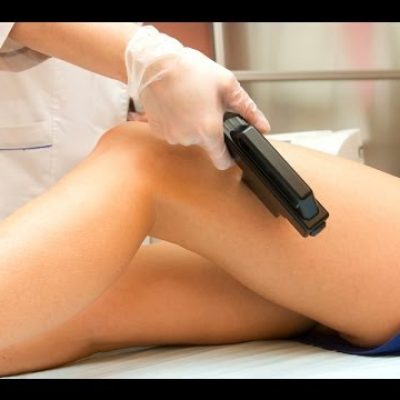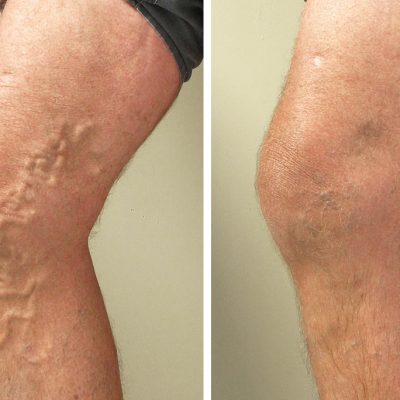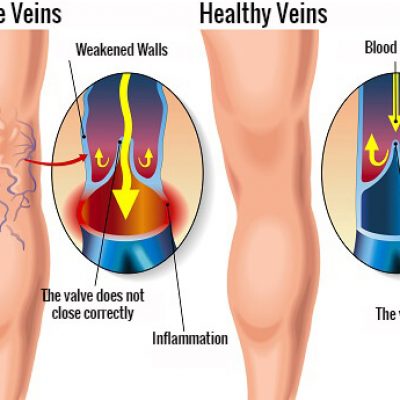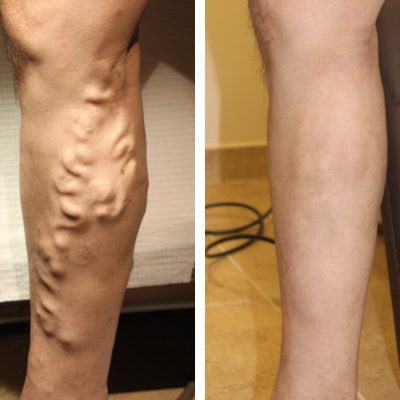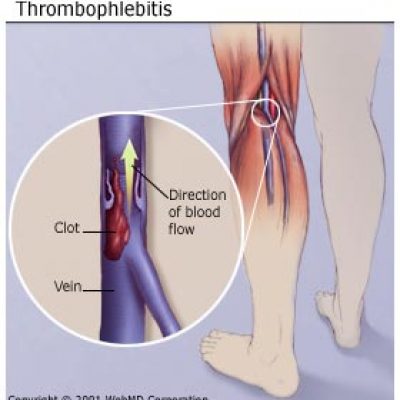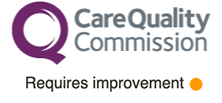There are three options for treatment: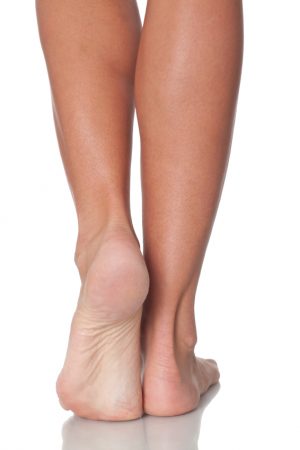
Surgery
Liquid Sclerotherapy
Ultra Sound Guided Foam Sclerotherapy
The type of treatment option selected is dependent on the patient and their individual case. Other factors include:
Type, size and extent of veins
General health and previous treatments
Preferences on each treatment option and their pros and cons etc.
Surgery
This is the preferred method for VV and involves the physical extraction of the veins from the legs. A general anaesthetic is required and an overnight hospital stay for recuperation. The majority of patients sail through their surgery with minimal or no difficulty.
Pain: There is a degree of discomfort but this is helped by the intake of paracetamol and codeine.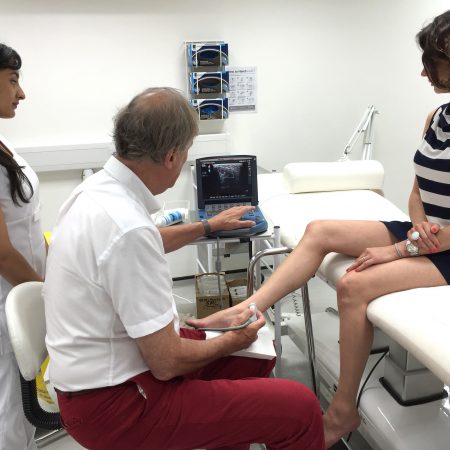
Bruising: There is always bruising which settles in a few weeks but can prolong for a few months.
Wound Infection: As the wounds heal they can become red and itchy. In the unlikely event they become very red, pain increases or discharge is present, this may be an infection which will require antibiotics. Wound infections may lead to increased scarring.
Numbness/Tingling: Small amounts of this may be prominent around the wound which is expected. This should settle within 6-8 weeks. On rare cases, it can be permanent and troublesome.
Bleeding: Occasionally during the first post-operative week, there may be some spotting from your leg especially if you knock it or vigorously dry it after bathing. To stop this, elevate the leg, press on it and rest up for a couple of hours. Essentially, you could deal with it the way you would a cut finger!
DVP: The risk of this occurring after routine VV surgery is unknown but is considered to be extremely minimal (less than 1 in 1000).
Pulmonary Embolus: If the above occurs, there is a chance of a clot travelling to the lungs but this is extremely rare (less than 1 in 10000).
Residual Veins: All veins may not have been removed during surgery; however they can be treated with injections after a few weeks.
Recurrence: VV growing and returning is around 20% at 5 years.
Scarring: This is inevitable however most scars fade and become invisible over 6-12 months. On the rare occasion, certain skin types may form lumpy and discoloured scars.
Liquid Sclerotherapy
This is the preferred method for Spider Veins and sometimes Reticular Veins.
This treatment involves the injection of a detergent-like material into the vein so that empty of blood and shrivel up. Many patients undergo Surgery followed by Liquid Sclerotherapy if their ‘trunk’ veins are not treated correctly initially. Liquid Sclerotherapy requires no anaesthetic or stay in hospital and is general very safe.
Allergic Reactions: This is very rare and less than 1 in 10000 patients have a severe reaction. This has never happened in my practice but if it has happened to someone I am seeing for the first time,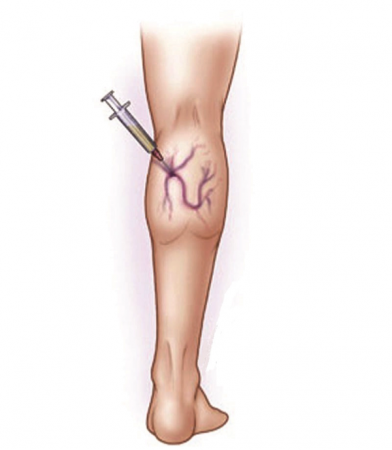
I encourage them to inform me.
Bruising: This occurs in treated areas and lasts one to several weeks. Rarely, it may be necessary to release a small bruise through the skin with a small needle. Use of prescribed hosiery is highly recommended to reduce the risk and degree of bruising.
Transient Hyperpigmentation: 1/3 of treated patients may notice small discolouration of the skin such as small brown streaks. In majority of the patients, after treatment the veins look darker in colour.
This fades over several weeks. In rare cases, pigmentation may be permanent.
Ulceration: On rare occasions, patients may develop a small ulcer at the injection site. This can be quite painful but will heal over a few weeks.
Pain: This procedure involves undergoing many injections at each session. The needs used are extremely sharp and small so any discomfort is minimised. It may feel uncomfortable and the treated veins may be tender to touch afterwards. This settles over a few days and an anti-inflammatory gel such as Voltarol will aid with this.
DVP: Extremely rare, affecting less than 1 in 10000 patients.
Recurrence: This method is not a cure for reticular or spider veins, it simply holds them at bay and there is a 25% chance you may develop new reticular veins in the future which will require further treatment.
The primary goal of Sclerotherapy is to cause inflammation within the vein, emptying them of blood causing them to shrivel and be less noticeable. The area treated often looks worse before it becomes better and this process usually takes several weeks.
The response varies between each patient. If you are fair-skinned, a small test treatment would be sensible. The number of sessions required depends on the severity of the veins. As a rule of thumb, each session will be able to deal with an area roughly 1-2 times the size of the palm of your hand.
‘Tidy-up’ sessions may be required to keep the leg under control.
Overall, the majority of patients are very pleased with the results of this treatment method.
Ultra Sound Guided Foam Sclerotherapy
This is a variation of Liquid Sclerotherapy and has been used by myself for over 12 years. It is an alternative to Surgery and can treat some VV and Reticular veins, provided they are not too large or extensive. This method rarely requires local anaesthetic.
A needle is placed onto the main being feed the VV. The leg is sometimes raised to empty all the veins. The foam is prepared and injected into the vein. The foam spreads along the vein and is followed using a direct vision or ultrasound
ma chine. When it reaches the upper end of the vein being treated, firm pressure is applied to the vein to compress it.
chine. When it reaches the upper end of the vein being treated, firm pressure is applied to the vein to compress it.
90% of cases only require one injection of foam
10% of cases require repeated injections of foam.
Pain: The injection causes no pain, however slight tightness may be felt.
Bruising: Usually disappears within a few weeks and rarely, it can be permanent.
Lumpiness: Sometimes the VV can still be felt as bumps under the skin. These will usually resolve over 3-4 weeks but occasionally may take months.
Thrombophlebitis: Occasionally a VV becomes a painful lump following this treatment. This is treated by inserting a needle and removing the clot from the vein which causes this problem. Without treatment, it usually settles within 2 weeks.
DVP: Rarely, thrombosis may spread to the deep veins following injections for VV. If a DVT forms, you may require treatment with blood thinners (Heparin and Warfarin). I have not seen this in my practice.
New ‘Spider’ Veins: This method may very occasionally result in the development of spider veins. These can be treated by liquid sclerotherapy if needed.
Dr Tristram treats some of his patients at Chiltern Medical Clinic. Contact Us to book a consultation to achieve vein-free legs!

